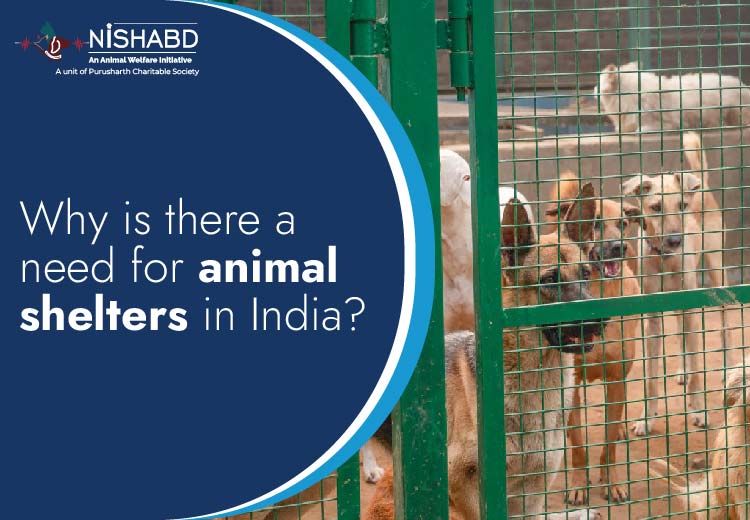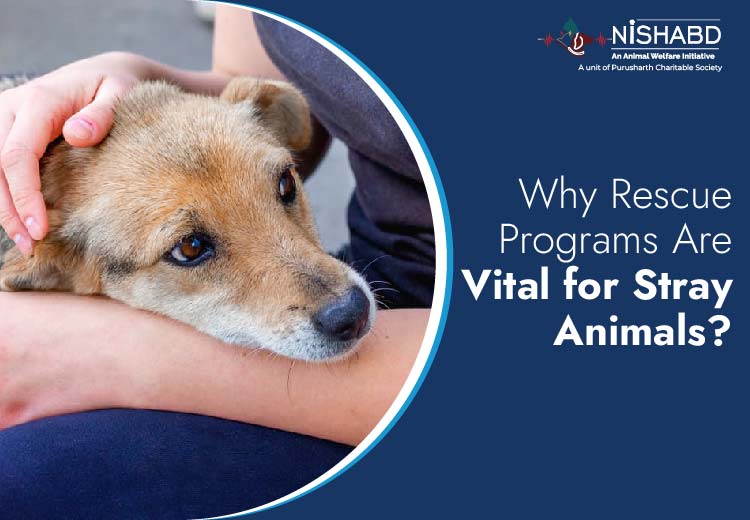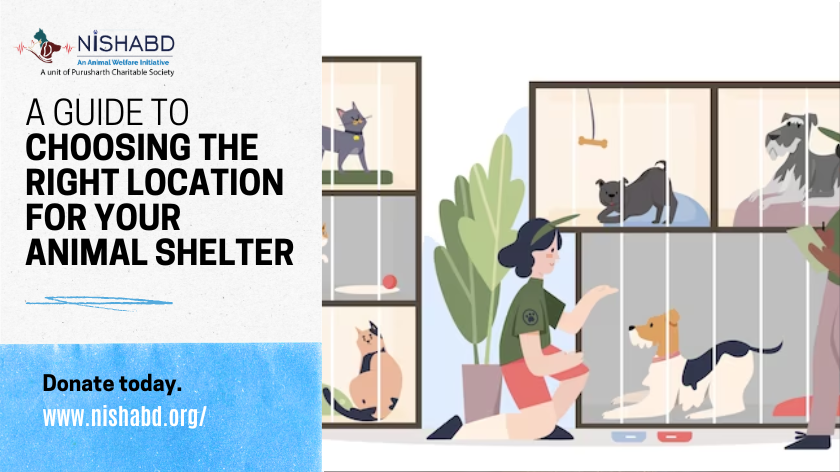While walking down on the street you must’ve seen a limping dog, a kitten hidden under a car, scared and hungry? Did that make you feel bad? You wanted to help but didn’t know how to?
This is the reality of thousands of stray animals in India. They don’t have food to eat and a place to live. That’s why animal shelters in India are so important. They give these voiceless animals a safe place, some food, medical help, and above all kindness.
Without shelters, many animals would die silently without anyone even noticing. Let’s take a really basic approach to understand this.
What is an Animal Shelter?
A shelter for animals is an emergency room and a home for animals that are injured, sick, or abandoned. The people at these places work day and night to rescue animals from the roads, treat them, and give them a better life. Some even find them loving families.
Imagine it in this manner: Just like an infant who is injured or lost needs care, the same goes for animals. Shelters provide that care. They give these silent lives a chance to live a healthy, happy life with affection.
Why Are Animal Shelters Needed in India?
There are so many animals on the street like cats, dogs, cows & birds that are left without a person to care for them. Animal shelters in India are the only hope these animals have. They are not just buildings, they are safe zones where pain is healed, and broken lives are rebuilt with love.
- Too Many Street Animals
Our cities are home to many street animals roaming around that we can keep track of. They get hit by cars, are hungry and often fall ill because of the negligence of the society. Animal shelters in Noida try to help and protect them.
- People Hurt Animals
It’s a heartbreaking fact that many animals suffer from cruelty, get beaten, starved or are left alone to die. Shelters for animals provide them with safety and affection.
- No Proper Medical Help
Street animals can’t go to hospitals. Shelters have vets who treat wounds, infections or broken bones.
- Adoption Makes a Big Difference
There are many people who are fond of having pets. Shelters can help them connect with animals that are looking for homes.
- They Teach Us to Care
Shelters hold various sessions and workshops to educate people especially kids about the safety of street animals.
Without these shelters, thousands of animals would be suffering with no one to look after them. For many helpless animals, shelters serve as a link between suffering and peace.
What Do Animal Shelter Services in Noida Do?
Animal Shelter Services in Noida do amazing work. They:
- Rescue street animals from dangerous and unsafe places.
- Take care of injured or sick animals.
- Provide them with a cozy sleeping space and fresh food to eat.
- Run adoption events.
- Control stray populations by sterilization.
- Increase the awareness in the community about the welfare of animals.
They are working with a limited amount of resources but with a lot of love. Each rescue they do is a small gesture of kindness.
Nishabd – A Shelter That Feels Like Home
If you live in Noida, you would be familiar with the name Nishabd. It’s more than only an animal shelter, it’s a home for the animals in need.
What makes Nishabd unique is the care they offer. They help animals that are severely injured, sick or abandoned. However, they don’t stop there. They also feed stray dogs and cows who wander the streets, organize regular chara drives and offer shelter to animals who are old or disabled and unable to survive in the open.
They aren’t doing this to gain fame. Every life is valuable, which is why they are doing it.This is why Nishabd is an unquestionably reliable animal shelter service in Noida.
If you’re looking to adopt or help out, start by volunteering at Nishabd.
What You Can Do to Help
You don’t have to open your own shelter to make a difference. Even small acts help:
- Adopt a pet in place of purchasing one.
- Feed a stray near your home
- Donate old bedding or food items to shelters
- Volunteer on weekends
- Report if you see an animal in pain
- Share shelter stories to spread awareness
You just have to take one step to be kind. Your small contribution can make a difference in the lives of others.
Let’s Be the Voice for the Voiceless!
Animals don’t have voices, but you have one. We should support animal shelters in India that give their time and effort each day. Let’s ensure that an animal gets food or a cat is treated and a puppy gets a place to call home.
The world becomes better when we care for everybody around us.
FAQs
- What’s the purpose of a shelter for animals?
To help, rescue animals, and to protect them from harm. are homeless, injured or are abused.
- Can I help if I can’t adopt a pet?
Yes! You can make a donation to a cause, volunteer, or simply share shelter information on the internet.
- What kinds of animal shelters look after?
The majority of animals are cats and dogs as well as cows, birds and other animals in need.
- Can I visit Nishabd to Volunteer?
Yes, you can surely visit and help them achieve their goals.





